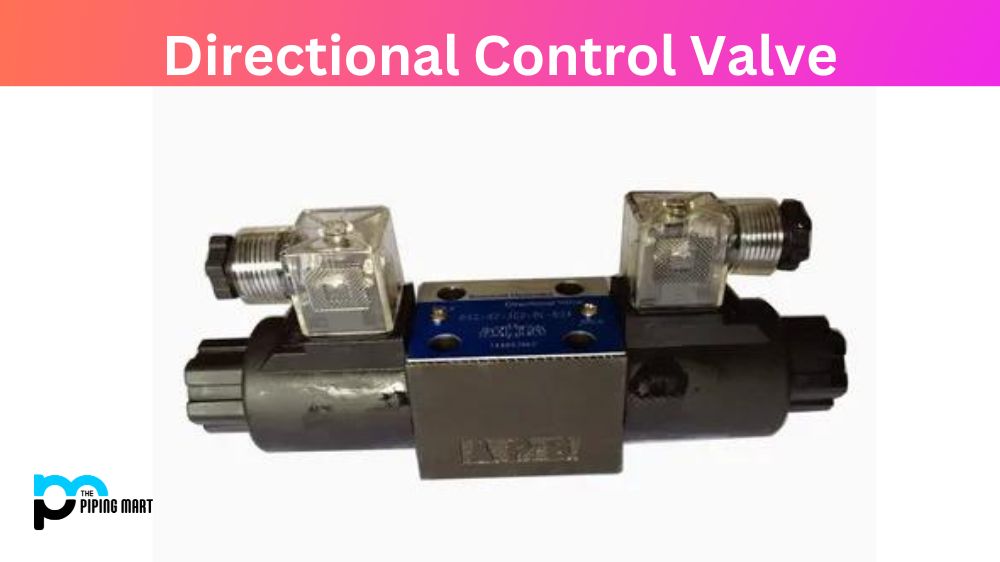Tempering is a heat treatment method that modifies the mechanical characteristics like flexibility and hardness of the material. This method decreases the internal pressures of steel. Tempering permits carbon confined in a martensitic microstructure to separate and allows the internal pressures to be exempted from the steel. This can be generated from earlier operations.
What is the tempering process?
The tempering process is achieved by raising the steel to a decided point under its below significant temperature by following a hardening process. Once the set heat is obtained, it is maintained there for a defined period of time. The definite time and heat depend on multiple factors such as the type of steel and required mechanical characteristics. To make the steel to its significant temperature, a variety of heating devices must be utilized. Typical devices combine different types of furnaces such as electrical resistance furnaces, gas furnaces, or induction furnaces. To protect the steel from oxidation, this heating is done in a vacuum or inert gas. Once the heater obtains the set temperature, a dwell period arrives. Following the dwell time, the heater is off, and the steel is permitted to cool at a destined rate.
When is tempering applied?
There are many situations when the tempering process is applied. Here are the conditions which need tempering:
- Tempering is most commonly utilized following a quenching process. Heating carbon steel and quickly quenching it can leave it highly brittle and dense. Tempering it can replace any of its elasticity.
- Tempering can reduce the hardness of metal and lessen the stress of a welded element. Welds can create a localized region that has been hardened because of the heat of the welding method. This can leave unwanted mechanical qualities and the extra pressure that can enhance hydrogen cracking. Tempering helps to limit this.
- Work hardened materials commonly need tempering. Different types of materials can become work hardened by applying the processes such as forming, drilling, punching, bending, or rolling. Work hardened metals have a large number of residual stresses that can be relieved by applying a tempering process.
What are the benefits of the Tempering process?
Tempering heat treatment is a vital process during the production of steel products. The hardening of a steel grade, which is achieved by applying the method of hardening, provides the material a moderate toughness. Tempering decreases the hardness in the metal and enhances the toughness. This process enhances different qualities of metals, such as hardness ratio and toughness. This process is beneficial for making materials durable by improving the properties. The advantages of tempering are essential to enhancing not only the usability but also the longevity of the product. This process offers benefits such as structural stability, machinability, ductility, lifespan, weldability, and toughness.
What are the applications of Tempering?
Tempering can be classified into three principal groups such as:
- High temperature, i.e., 500°C or higher: Utilized for different steel such as quenched and annealed steels, high-speed steel, and hot working tool steels. The hardness will differ from 300HB to 65HRC, which depends on the type of metals.
- Low temperature, i.e., 160-300°C: Utilized for case hardening elements and cold working tool steels. Commonly, the hardness needs about 60 HRC.
- Tempering of spring steels, i.e., 300-500°C: Suitable to use for spring steels or related applications. The hardness needs around 45 HRC.

Pipingmart is B2B portal specializes in industrial, metal and piping products. Also, share latest information and news related to products, materials and different types grades to help business dealing in this industry.




